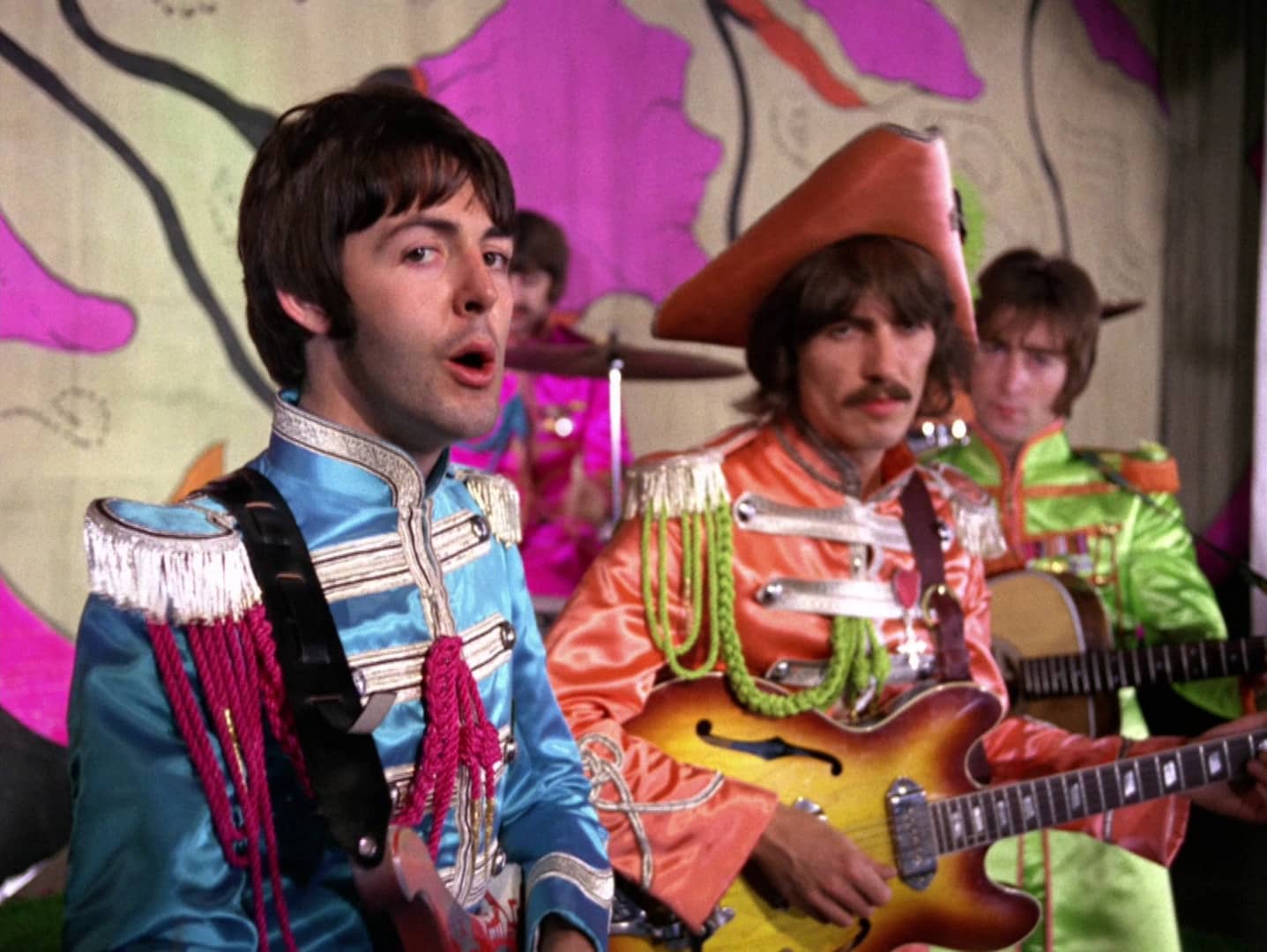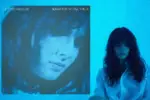The Rolling Stone Top 500 Albums list got a facelift in 2020 after the magazine engaged a radically new panel of judges to update the list’s original 2003 iteration. The No. 1 ranked album on the list changed from “Sgt. Pepper’s Lonely Hearts Club Band” by the Beatles to “What’s Going On” by Marvin Gaye.
The new ranking demoted the Beatles’ album to No. 24 and elevated Marvin Gaye’s album from No. 6 to No. 1. In many ways, this shift signals a change in the musical tastes of modern audiences (even though Rolling Stone is still far from a bastion of Gen Z opinion) and begins the generational battle between the Beatles vs. Marvin Gaye. Modern listeners do not appreciate the theatrical musical inventions on the Beatles’ magnificent record as much as the hard-hitting lyrics of social justice on Gaye’s album.
“Sgt. Pepper’s Lonely Hearts Club Band”
The 1967 album “Sgt. Pepper’s Lonely Hearts Club Band” became the Beatles’ eighth studio release and established the group as an innovative band that could bridge the concepts of high art and pop culture. The title track establishes the main conceit of the band’s concept album: The Beatles introduce themselves as their alter egos in the Lonely Hearts Club Band. With an Edwardian brass band twinge, the band seems to be able to play all different kinds of music. As Paul McCartney said about their alter egos, they could “do a bit of B.B. King, a bit of Stockhausen, a bit of Albert Ayler, a bit of Ravi Shankar, a bit of ‘Pet Sounds’, a bit of the Doors.” The brief introduction allows the band the freedom to explore a broad swath of music, as evidenced by the Hindustani-inspired track “Within You Without You” and the old-fashioned music hall track “When I’m Sixty-Four.” Vastly different genres combine to make a tracklist worthy of the title “greatest album of all time.”
This is not to say, however, that the album is absolutely flawless. No album is. While discussing The Beatles vs. Marvin Gaye, one might note that while some albums feel cohesive, they can lack a unifying theme. In this particular case, while themes of counterculture and the difficulties of boyhood crop up, they do not seem to form the album’s core.
The album’s concept merely provides a framework for the band’s diverse musical output rather than for the group’s musical composition. This is ironic, as critical use of the term “concept album” began at the dawn of this album’s release. However, critics initially used the term to denote a rock album’s comprehensive artistic achievement rather than its thematic unity.
The album’s final track, “A Day in the Life,” exemplifies such aesthetic accomplishment. The song is heavily influenced by avant-garde composers such as Karlheinz Stockhausen, which is especially evident in the song’s atonal orchestral glissandos. John Lennon’s goal was to convey “a tremendous build-up, from nothing up to something absolutely like the end of the world.” This apocalyptic atmosphere, combined with lyrics that mostly describe ordinary life, constructs an evocative vision that no song has since managed to match. The track creates a sonic soundscape comparable to T.S. Eliot’s “The Wasteland” in its boundary-stretching influence.
Gone were the days of the Beatles charming their ecstatic acolytes with mop cuts and rockabilly music. “Sgt. Pepper’s Lonely Hearts Club Band” founded a new era — an era where inventive musical production sent those same acolytes into renewed raptures about the Beatles’ aesthetically brilliant music.
“What’s Going On”
What Marvin Gaye presents in his 1971 album “What’s Going On” is a different yet equally innovative artistic creation. The album’s recording came at a time when Gaye was in a state of deep inner turmoil. The disintegration of his marriage, financial issues, and drug problems led Gaye to attempt suicide. He also tried to end his musical career by trying out for the National Football League’s Detroit Lions in 1970. However, a song idea from Four Tops singer Renaldo “Obie” Benson convinced Gaye that singing socially conscious lyrics to attack the ills of police brutality and poverty was worth living for. So began the conception of one of music’s greatest albums.
The framework of Gaye’s concept album is the narrative of a Vietnam War veteran who returns home to witness hatred, suffering and injustice. The effects of the ongoing Vietnam War were very much on the minds of Gaye’s American audience during the ‘70s. Lyrics such as “War is not the answer / For only love can conquer hate” provided great solace to troubled parents grieving their children’s suffering overseas. Environmental problems also weighed heavily on the minds of Americans at the time, as they still do today. Gaye’s song “Mercy Mercy Me (The Ecology)” sought to address such challenges with lyrics like “Things ain’t what they used to be / Where did all the blue skies go?”
The sound of “What’s Going On” is heavily soul-influenced. Marvin Gaye’s passionate vocals layer wonderfully on top of horn melodies to create a hopeful musical environment. The record mostly avoids bleakness, instead opting to emphasize the universality of human kindness in the face of societal pressures. The wails of saxophones are gentle, and the hum of gorgeous bass lines provide a steady uplift.
Final Thoughts
Yet Gaye’s record falls short of perfection in that each song does not stand out on its own. Instead, the album presents an experience that functions best when listened to in its entirety. As each song segues into the next, “What’s Going On” draws the listener into the troubled world of the early 1970s. Each song layers onto the next to create a vast sonic portrait of social strife.
In the great debate of The Beatles vs. Marvin Gaye, both “Sgt. Pepper’s Lonely Hearts Club Band” and “What’s Going On” emerge as standout albums that provide modern audiences with truly rewarding listening experiences. While tastes have changed somewhat in the past 25 years, both 50-year-old records still remain in the top 25 albums in the eyes of musicians and music critics alike.
















